There’s a certain rhythm to life in the bush — one that can’t be rushed or predicted. And for many guests at Shumbalala Game Lodge, the most meaningful moments aren’t always the ones that make it onto Instagram. A real safari is about more than ticking animals off a list. It’s about the process — the waiting, the watching, the wondering.
Africa’s ‘Ugly Five’ and Why They Matter
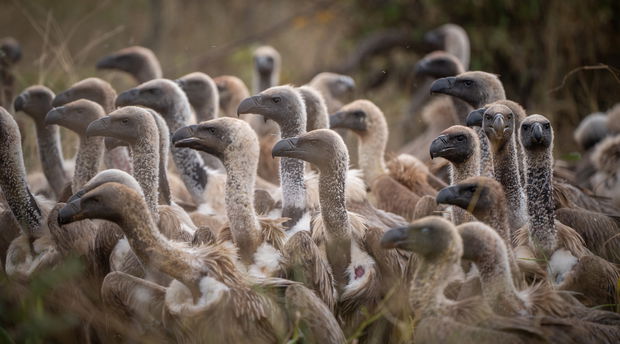
At Shumbalala Game Lodge, located in the heart of Thornybush Nature Reserve, we’re fortunate to encounter a diverse range of wildlife. While the “Big Five” often take centre stage, there’s another group of animals that might not win beauty contests but are equally fascinating. They all play a crucial role in maintaining the delicate balance of nature.
Meet the “Ugly Five”: the warthog, hyena, vulture, wildebeest, and marabou stork.
There’s an Afrikaans saying: “Mooi van lelikheid,” which translates to “beautiful because of its ugliness.” It describes something that doesn’t conform to traditional beauty standards but has a unique charm or appeal that makes it endearing. Each of these animals embodies this idea, contributing their own kind of beauty to the bush.
Let’s get to know them better:
🐗 The Warthog
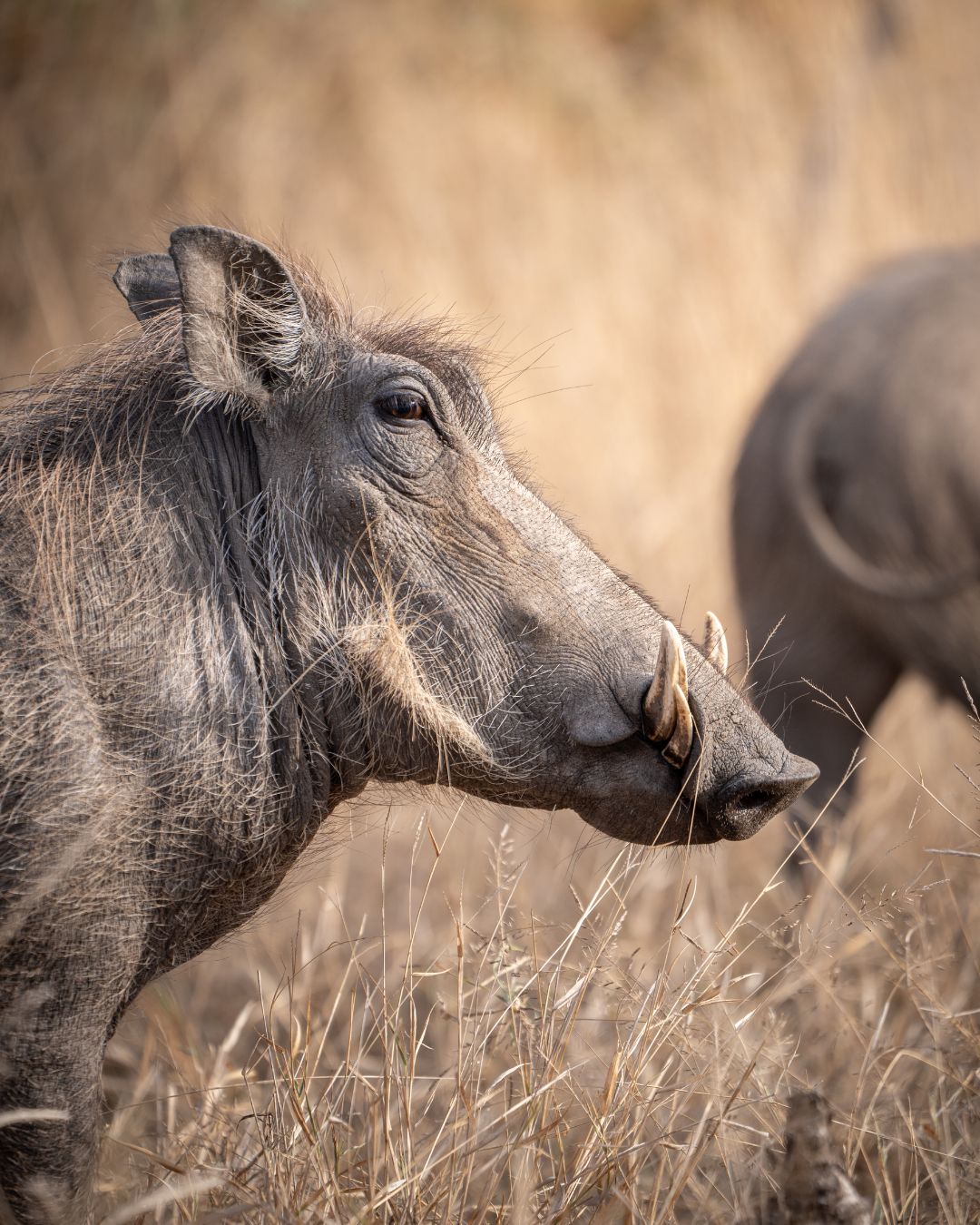 Image credit: Jordi Woerts
Image credit: Jordi Woerts
With their quirky faces and tails held high like little flags, warthogs are full of personality. These resourceful animals use abandoned burrows as shelter for themselves and their families. Interestingly, they often share their burrows with other creatures - porcupines may use the burrow during the day to sleep, while warthogs take over at night, creating a unique “time-share” arrangement.
Warthogs reverse into their burrows, allowing them to keep an eye on the entrance. This clever behaviour allows them to bolt out quickly if danger approaches. However, not all threats can be avoided - some leopards in the bushveld have adapted to ambush warthogs by waiting outside their burrows at dawn, ready to pounce as the unsuspecting animals emerge.
At Shumbalala Game Lodge, it’s not uncommon to spot warthogs scurrying about with their young, delighting guests with their amusing antics. If you visit us in December or January, you might be lucky enough to see adorable baby warthogs, as this is when they are typically born.
🐾 The Hyena
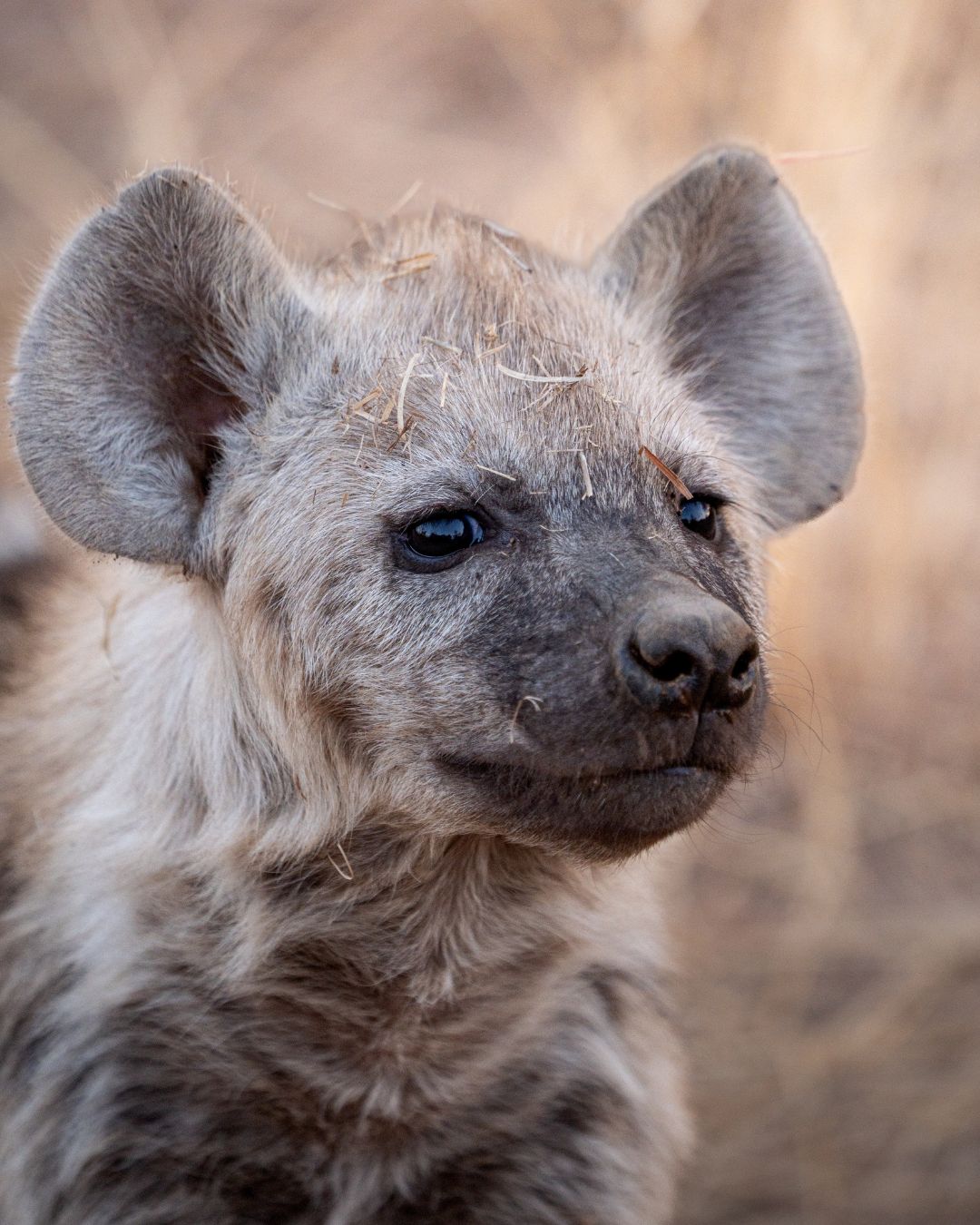 Image credit: Jordi Woerts
Image credit: Jordi Woerts
Hyenas are often misunderstood, partly due to their portrayal in The Lion King. However, they are highly intelligent and resourceful, making them one of the bushveld’s most remarkable inhabitants.
As scavengers, hyenas play a vital ecological role by ensuring nothing in the wilderness goes to waste. They consume bones, scraps, and leftovers, keeping the bush clean and helping to reduce the spread of disease. This makes them part of nature’s ultimate clean-up crew.
At Shumbalala Game Lodge, hyenas are a familiar feature on our night drives. Their whooping calls echo through the night, creating a memorable soundtrack to the safari experience. When hyenas have pups, they establish dens in specific areas to raise their young safely. If their den location is known, it offers a rare and special chance to witness their family life. The curious pups often approach game drive vehicles to investigate, while the adults lounge nearby, soaking up the warmth of the morning sun.
🦅 The Vulture
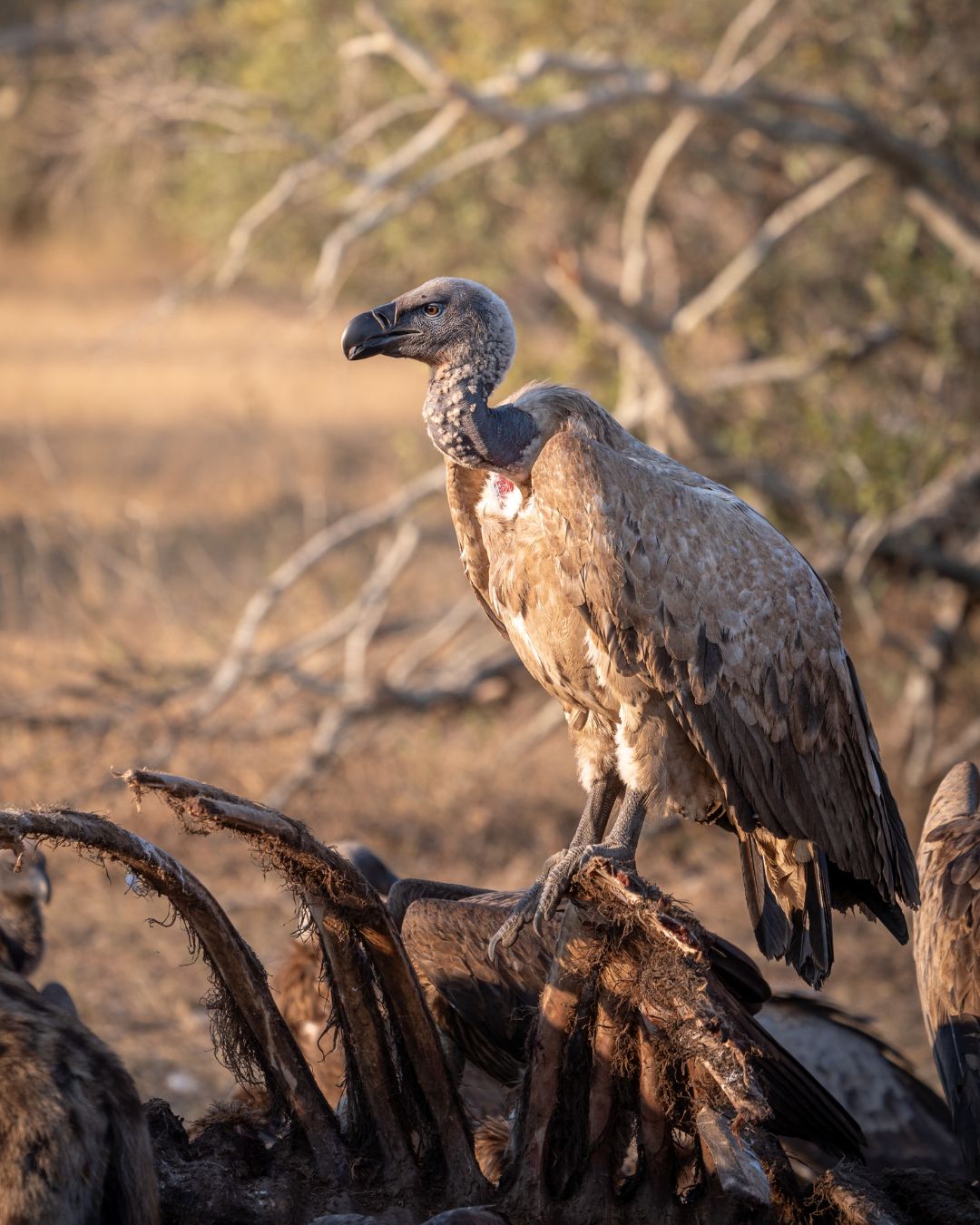 Image credit: Jordi Woerts
Image credit: Jordi Woerts
Vultures might not be the most glamorous birds in the bush, but their role is absolutely vital. These scavengers act as nature’s health department, quickly consuming carcasses and preventing the spread of disease throughout the ecosystem.
In the Lowveld, several vulture species call this region home, including the White-backed Vulture, Hooded Vulture, and the majestic Lappet-faced Vulture. Sadly, these incredible birds are endangered, facing threats such as habitat loss and poisoning. When poachers lace carcasses with poison to kill predators like lions, vultures often become unintended victims. Their sharp eyesight and scavenging behaviour mean they quickly converge on poisoned carcasses, leading to devastating population declines.
Protecting vultures is particularly challenging due to their vast home ranges. These birds can travel hundreds of kilometres in search of food, crossing conservation boundaries and making it difficult to safeguard them. Despite these challenges, conservationists are working hard to monitor and protect their populations.
Vultures typically breed during the cooler months, with most species laying their eggs in winter. This timing ensures their chicks are ready to fledge by spring, when food is more abundant. Nests are often built high up in trees or on cliffs, providing a safe vantage point to raise their young.
Their presence reminds us of the intricate connections in nature and the importance of protecting every part of the ecosystem.
🦬 The Wildebeest
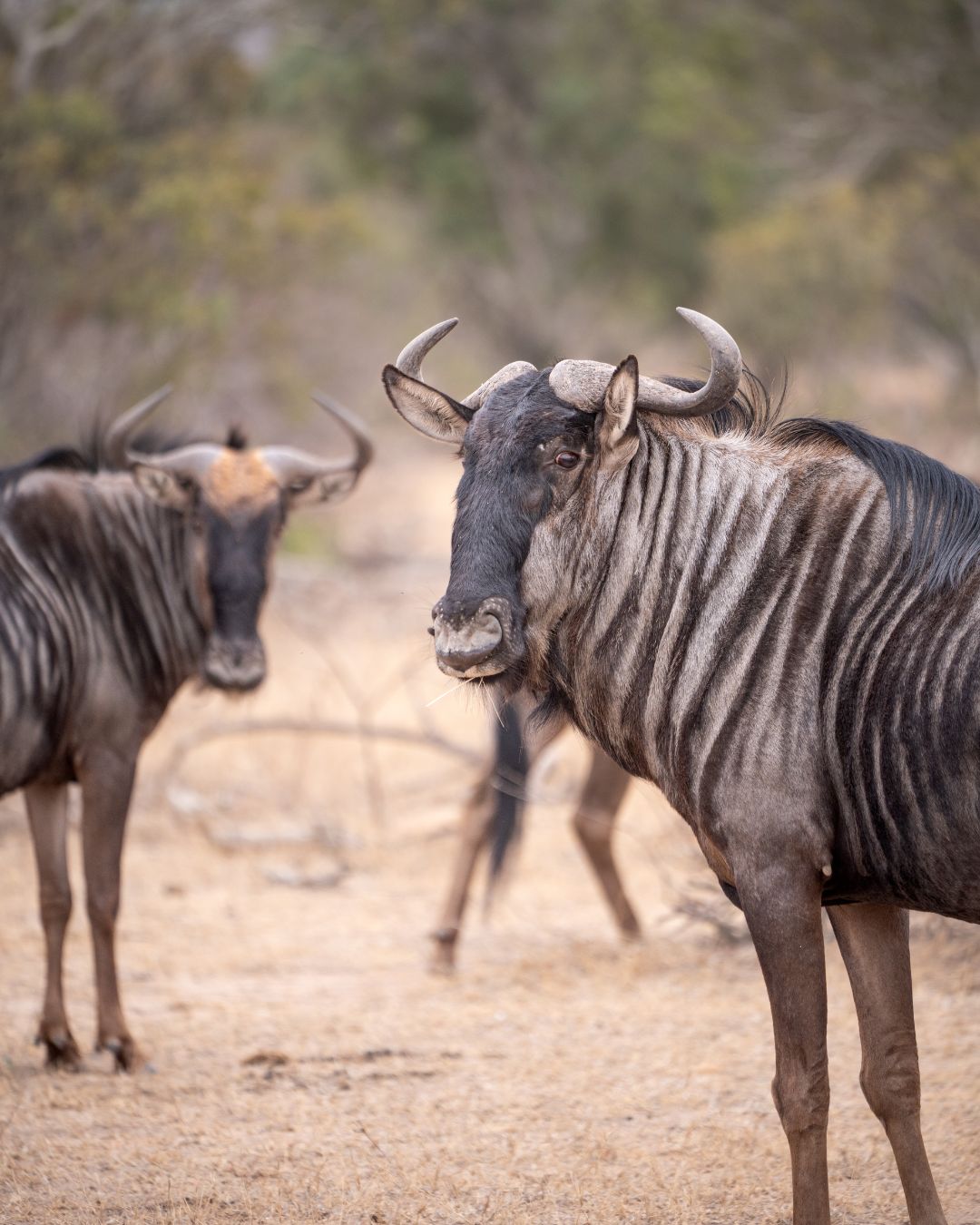 Image credit: Jordi Woerts
Image credit: Jordi Woerts
Wildebeest, also known as gnus, may appear clumsy at first glance, but these remarkable grazers are essential to the health of Africa’s grasslands. Their feeding habits help keep grasses trimmed and encourage new growth, maintaining the balance of the ecosystem. Wildebeest herds often graze alongside zebras, another grassland grazer. The two species have a mutually beneficial relationship - zebras eat the tougher, taller grasses, clearing the way for wildebeest to feed on the softer, shorter grasses beneath.
In addition to their role as gardeners, wildebeest are a critical part of the food chain. They provide a reliable source of prey for large predators like lions, hyenas, and wild dogs, ensuring that these carnivores can thrive in the bushveld. Without wildebeest, the balance between predator and prey would be disrupted, affecting the entire ecosystem.
During the calving season, usually around summer, wildebeest synchronise the birth of their young. This strategy, known as “predator swamping,” overwhelms predators with an abundance of prey, increasing the survival chances of their calves.
At Shumbalala Game Lodge, watching wildebeest roam the bushveld serves as a reminder that even the simplest-seeming animals play a vital role in sustaining the wilderness we enjoy.
🦤 The Marabou Stork
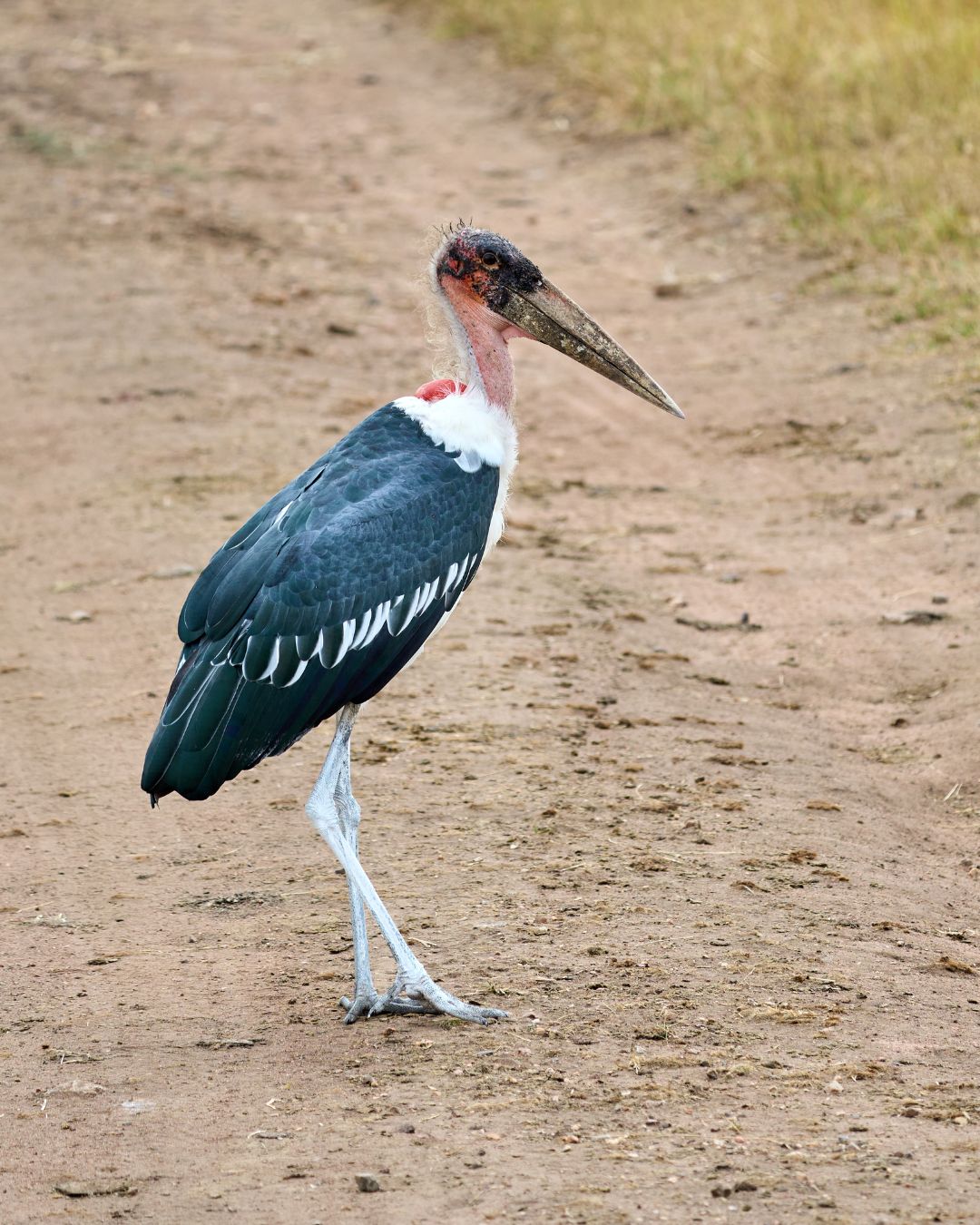
With their sombre appearance and dark, hunched posture, marabou storks are often called “the undertakers” of the African bush. While they may not be the most graceful or glamorous birds, their role is vital. Marabou storks are scavengers, specialising in clearing up scraps and leftovers from carcasses. By efficiently cleaning up what other predators leave behind, they ensure nothing goes to waste and help prevent the spread of disease, making them crucial players in the ecosystem’s balance.
Marabou storks have a powerful bill, perfect for breaking down tough scraps, and a bald head that helps them stay clean while feeding on carrion. Their keen eyesight and ability to soar high on thermal currents allow them to locate food from great distances, often joining vultures and hyenas at carcasses.
At Shumbalala Game Lodge, guests are often astonished by the sheer size of marabou storks. These towering birds can stand up to 1.5 metres tall, with an impressive wingspan reaching over three metres. Whether spotted perched near a waterhole or soaring gracefully above the bushveld, they leave a lasting impression.
Why the “Ugly Five” matter
At Shumbalala Game Lodge, we celebrate all wildlife, recognising that every creature, no matter its appearance, plays a vital role in sustaining the wilderness. The “Ugly Five” remind us that nature’s beauty lies not just in looks but in purpose and function.
When you visit us, you’ll have the opportunity to encounter these remarkable animals up close - whether on our guided game drives or from the lodge’s viewing deck overlooking the seasonal Monwana River. They may not be the most glamorous creatures, but the “Ugly Five” remind us that in nature, every role is indispensable, and every life has its value.
Further Reading
If you’re planning your honeymoon and find yourself torn between golden beaches and something a little different, you’re not alone. The beach is a classic choice — but we’re here to let you in on a little secret: A honeymoon in the bush is something magical. And at Shumbalala Game Lodge, in the heart of the Thornybush Private Nature Reserve, it might just be the most romantic escape you never knew you...
At Shumbalala Game Lodge, some mornings come with coffee and a view. Others come with coffee and elephants. You never quite know which — and that’s part of the magic. The birds are calling, the air is crisp, and the day begins slowly, just as it should in the bush. Then, through the thickets, the unmistakable sound of movement. A soft crackle of leaves, the low rustle of branches — and then,...

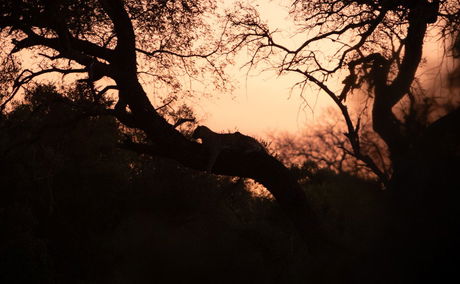

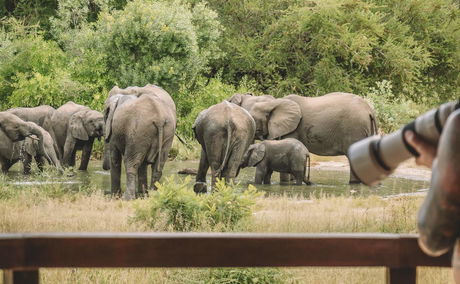
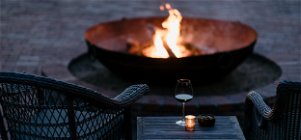

Share This Post